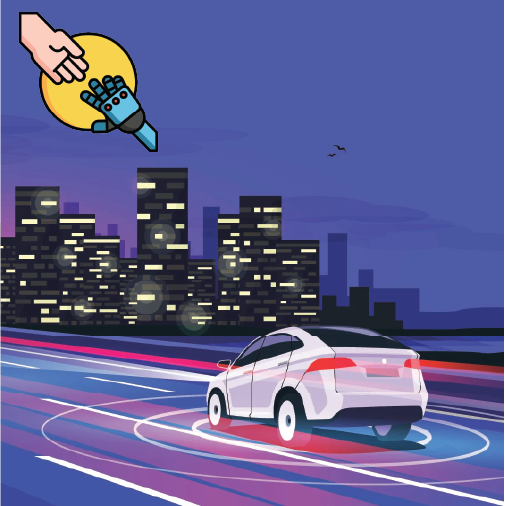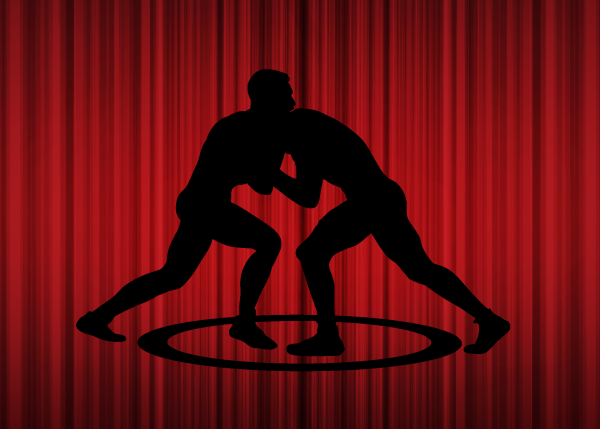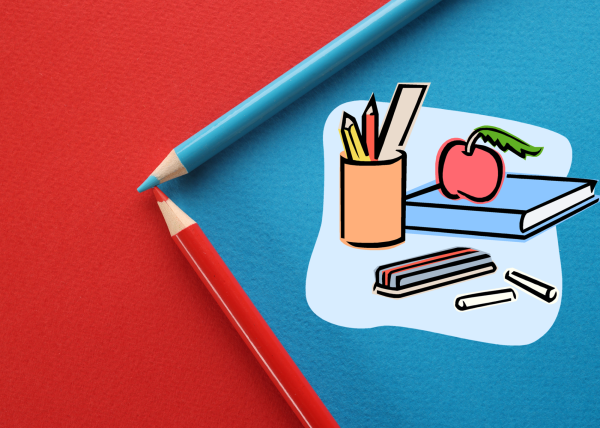The on-campus controversy of the semester … straws
I will admit, I don’t like using paper straws because as the naysayers have said, they do get soggy and can certainly be less efficient. However, if it bothers you that much, maybe think about bringing your own straw, as I do. Furthermore, if you are wondering why they chose plastic straws, instead of commonly used larger plastics, here is a possible reason.
According to strawlesocean.org, over 500 million straws are used everyday in America. If you think about the resources required to make a plastic straw, distribute it and then use it for a single drink as we typically do, you realize that it is a short lifespan for a possibly harmful material. Once they have been used and thrown away, less than 50 percent of them end up in the landfill, and their lightweight makes them more susceptible to becoming litter and ending up in the ocean.
The facebook video of a sea turtle getting a plastic straw pulled out of its nose went viral. If you haven’t seen it yet, you must in order to recognize the damage a single straw can do.
Most plastic straws end up in the ocean either from the sewage systems or other means. Marine life such as seagulls, turtles and fish ingest the plastic straws which, more often than not, ultimately leads to their death. Furthermore, plastic that ends up in the ocean can be broken down into smaller pieces of plastic –– known as microplastics. These microplastics can be consumed by fish, and since fish is a food source for humans, we also eat these microplastics.





